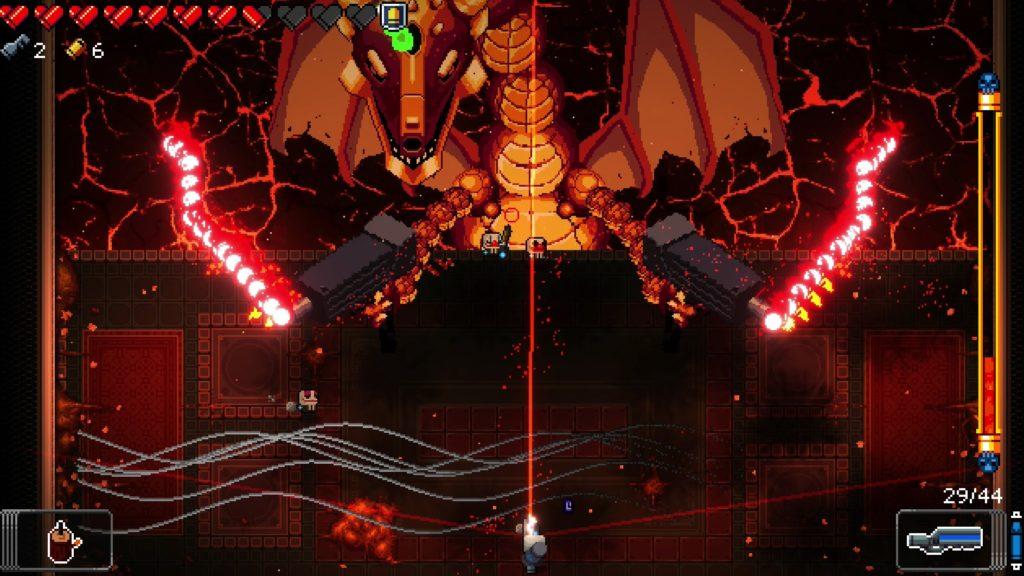Overview
Tentative Name: The Stanford Files
Target Audience: Stanford admits, frosh, and current students with an interest in campus lore and narrative games.
Player Count: 1–5 players (ideal for small groups or dorm floor activities)
Age Rating: 13+
The Stanford Files is an immersive, collaborative mystery game inspired by one of Stanford University’s strangest true stories: the mysterious death of Jane Stanford. Designed specifically for new and prospective students, the game invites players to explore campus history through a blend of interactive storytelling and puzzle-solving, all grounded in real university lore.
Inspiration
Our high-level goal was to create a game that functions as an engaging mystery, tailored specifically for a Stanford audience. To be honest, we were inspired by Admit Weekend and started wondering what kind of interactive experience you could design for a group of admits — something immersive enough to feel exciting, but grounded enough to tie into Stanford’s identity. That led us to one of the stranger and lesser-known pieces of university history: the murder of Jane Stanford, allegedly at the hands of the university’s then-president, David Starr Jordan. We decided to reimagine this true historical event in the format of a collaborative mystery game, inspired by the structure of Unsolved Case Files.
Our choice to root the story in Stanford’s history was intentional: we wanted the setting, references, and puzzles to feel like they could only exist here. The familiarity of campus landmarks and lore makes the game feel both accessible and novel, creating an experience that’s tailored to a niche audience in a way that we’re hoping will make them more emotionally invested. After playing the game, we hope Students will walk around campus thinking deeper about the landmarks they already know well, this time with a different lens. We wanted Stanford students to feel a part of something bigger when they played, almost as a form of communal onboarding for admits or frosh, offering a subtle introduction to Stanford’s weirder past.
When thinking about what format would best communicate the story, we were drawn to the idea of a physical file folder filled with letters, documents, and photographs that players could sift through, mark up, trade, and piece together at their own pace. We also incorporated elements from riddle-solving to provide mid-game hints, with the idea of building a simple command-line-style web interface that allows players to ask questions about documents in the file. The goal here was to keep players having fun and in a “flow state”, where they are curious and challenged, but not stuck. Much like Her Story and Telling Lies, we wanted information discovery to feel rewarding and nonlinear, instead of feeling impossible and pushing players away.
Tonally, we were drawn to the emotional palette of mystery over horror, aiming for emotional buy-in from a challenge instead of from jump scares or violence. We were inspired by games like Papers, Please and The Stanley Parable that balance narrative tension with subtle storytelling, and wanted the game to evoke the eerie thrill of uncovering buried truths in familiar places. The mood we’re aiming for is somewhere between curiosity and unease (something that leaves players wondering what else they don’t know about the places they walk every day… namely Jordan Hall).
Aesthetic & Tone
We wanted the aesthetic of The Stanford Files to be similar to a classic cold case or whodunnit mystery, since we want players to feel like they are detectives piecing together an unsolved case. The general tone will be ominous academic noir, since the game focuses on the murder of a historical figure closely tied with Stanford. While we don’t want the game to be gory or violent, we do want there to be some feeling of unease and danger as players uncover the truth. We want the materials the players receive to represent this aesthetic, and be reminiscent of materials players might be used to seeing in media, such as detective shows or cold case documentaries. In general, the physical materials will look a bit beaten up and aged, as if they are very old or have been intentionally damaged and hidden away. There will be some redacted or classified sections that users might have to solve puzzles in order to unlock. We also want our materials to look as realistic as possible (look like actual blood tests, suspect profiles, etc). The interface we create for players to verify solutions and receive hints will also look as if it is from the same time period as the physical materials. It will look like a very retro, simple command line interface.
Physical materials may include:
- Case file in a manila file folder with “UNSOLVED” and “CONFIDENTIAL” stamped on the front in red. This will contain all the evidence players can use to find the culprit.
- Campus maps marked up with circles or Xs indicating areas or buildings that might be relevant
- Medical reports/toxicology results that look similar to actual medical records
- Suspect profiles with notes about key suspects, including photos, background information, relationship to Jane Stanford, their alibi during the day of the murder, and any other key information
- Newspaper clippings paper clipped together with either real or fictional accounts of Jane Stanford’s death, some of which might be torn or need to be put together with other clippings to form the entire clipping
- Photographs, some of which might have handwritten annotations in red on the back, and might be torn
- Manila envelopes containing clues that players must unlock over time by solving other clues or puzzles
- Riddles/puzzles in manila envelopes labelled with the order in which they should be opened
- A personal notepad and pen for players to jot down notes about clues and puzzles as they solve them
Gameplay
The game begins by the players receiving a case file filled with old letters, campus maps, photos, and newspaper clippings. As players dig through the file, they will find riddles, puzzles, and other pieces, each containing a clue to help them uncover who the murderer is. The game is designed to be collaborative. Players bounce theories off each other, follow different threads, and slowly build a timeline of what happened. If players are stuck, we plan on giving them hints through the website that we will code. For example, they can pick one of the objects in the file and learn how to approach solving the puzzle associated with that component.
Format & Technical Implementation
For the technical component of this game, there will be a website that lists all the items involved in solving the murder mystery. With each item listed, the user will be able to click any item of their choice if they find themselves needing a hint regarding the purpose of a newly needed item. We were also potentially thinking about adding a limitation to how many hints a user can use per gameplay; however this is something that is still in discussion. To implement this website, we would start by creating a mockup design of how the website would be set up for our game. We would then work together to build this website using coding languages HTML, CSS, and Javascript.
Individual Checkpoints:
https://mechanicsofmagic.com/2025/05/03/athenas-individual-checkpoint-1/ (pass: fun)
https://mechanicsofmagic.com/2025/05/05/checkpoint-1-concept-doc-c/ (Christelle)
https://mechanicsofmagic.com/2025/05/05/checkpoint-1-concept-doc-22/ (Grace A)
https://mechanicsofmagic.com/2025/05/05/checkpoint-1-concept-doc-23/ (Zion A)
https://mechanicsofmagic.com/2025/05/06/checkpoint-1-mena-concept-doc/ (Mena)



